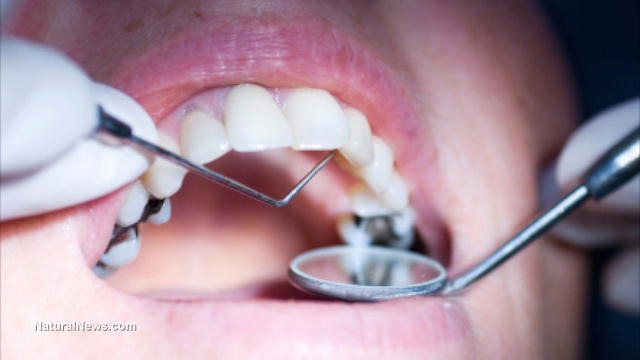
The findings of the studies revealed that the reason behind the instability of mercury amalgams is mercury's low vapor pressure and galvanic action, which leaks mercury vapor continuously into the lungs and saliva at levels surpassing health standards.
People with dental amalgam fillings were found to be exposed to levels of mercury that surpassed government health standards, which can result to negative health effects. According to Health Canada, which is Canada's health department, the tolerable amounts of mercury is 0.14 micrograms per kilogram body weight (ug/kg) or about 1 ug/day for adults. Meanwhile, the U.S. Environmental Protection Agency's (EPA) health standard for mercury exposure is 0.3 ug/m3, while the Agency for Toxic Substances and Disease Registry's (ATSDR) health standard for mercury vapor is 0.3 ug/kg/day. According to the World Health Organization (WHO), people with dental fillings are exposed to around three to 70 ug/day, while other medical research found that this could reach about 500 ug/day in gum chewers, people who grind their teeth, or those with great amounts of dental fillings. On average, these people are exposed to over 10 ug/day.
Higher levels of mercury among people with dental amalgam fillings can also be seen through their everyday fecal excretion. Studies have found that the amount of mercury excreted in feces of people with dental amalgams amounted between 30 and 190 ug, and most of them excreted more than 50 ug/day. Moreover, researchers observed that amalgam is the greatest source of methyl mercury in most people with amalgam fillings. Mercury vapor and inorganic mercury were revealed to be methylated to methyl mercury because of mouth and intestinal bacteria, together with candida albicans and other methyl donors. Therefore, people with amalgam fillings have high amounts of methyl mercury in their saliva and blood. In addition, research showed that the overall mercury intake is proportional to the number and extent of amalgam surfaces, yet chewing gum and drinking hot beverages also affect mercury intake. These other factors raises exposure levels up to 500 percent. (Related: Dental fillings are raising mercury in blood to alarming levels.)
Health effects of mercury
According to the WHO, dental amalgam is released as vapor, ions, or fine particles and may be inhaled or ingested. Different mercury compounds can get into the body through inhalation, ingestion, or dermal exposure. Exposure to mercury can be detrimental to the nervous, digestive, and immune systems, lungs and kidneys. If ingested, mercury can cause irritation to the skin, eyes, and gastrointestinal tract. Moreover, it may bring about kidney toxicity. Mercury exposure can also cause neurological and behavioral disorders, such as tremors, insomnia, memory loss, neuromuscular effects, headaches, and cognitive and motor impairment.
Find out more information on dental amalgams and mercury at HolisticDentistry.news.
Sources include:
WHO.int [PDF]
Please contact us for more information.






















